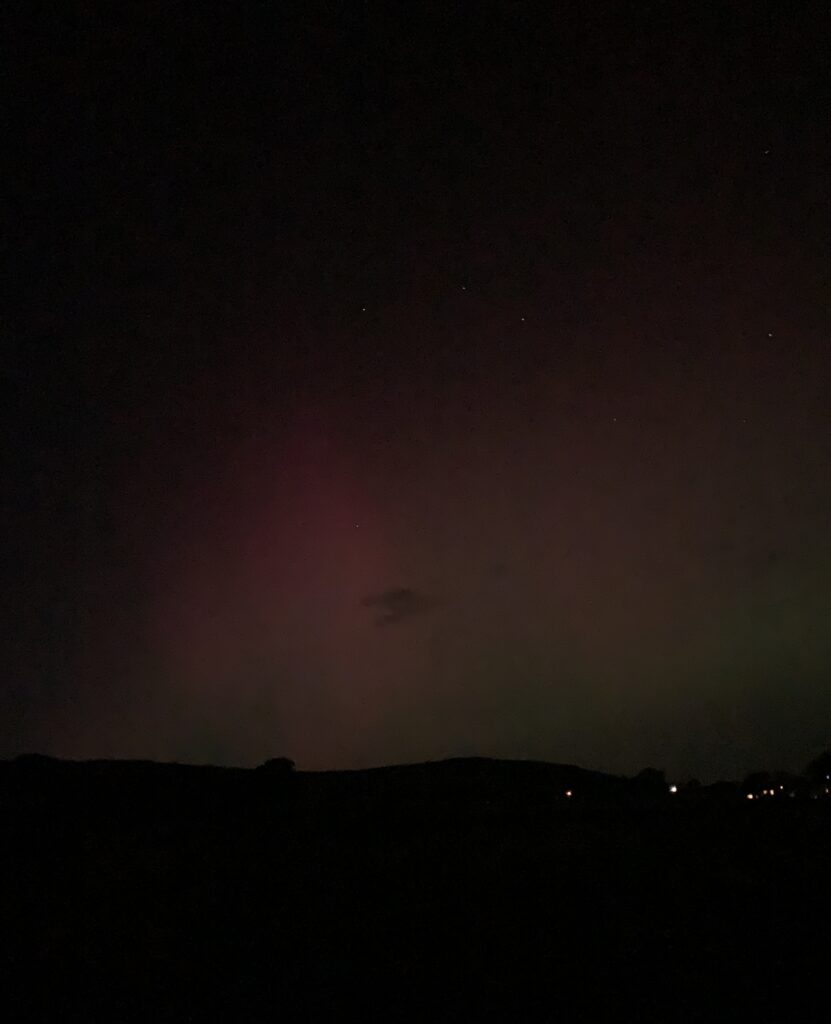One of the advantages that the shorter days and longer nights brings at this time of year is the chance to indulge in a spot of stargazing before the weather gets too cold. As it happens, Shropshire has no less than 4 locations that have so little light pollution, they have been identified as Dark Sky Discovery Sights. With International Astronomy Day just around the corner on 12 Oct and a new Brian Cox documentary exploring the “Solar System” on the BBC, perhaps now is the time to wrap up warm, fill a flask with a hot drink and explore Shropshire’s stargazing sites.
The UK has a network of Dark Sky Discovery Sights. These are areas that are far enough from urban areas and streetlighting so that there is minimal light pollution enabling the stars to be seen more clearly. On top of this, the sights tend to be open areas, often on higher ground so that lines of sight are not blocked by trees and buildings. The Carding Mill Valley area of the Long Mynd in the Shropshire Hills is an ideal spot being easily accessible and providing wide-open vistas with very little light. There are 4 locations across the Long Mynd that have, in fact, been designated “Milky Way” Dark Sky Discovery Sites. This is the highest classification that can be given. It means that the sky is so dark that not only do you get an amazing view of the stars but it’s also possible to see the Milky Way with the naked eye!

All four of the Dark Sky Discovery Sites on the Long Mynd in Shropshire are National Trust car parks, meaning great accessibility, wide open areas and you don’t have to particularly walk anywhere to get great views. The locations are: Carding Mill Valley via Burway Road, Shooting Box car park, Pole Cottage car park and Cross Dyke car park at Devil’s Mouth.
If you are planning to go stargazing, perhaps for the first time, there are several things you should be aware of. Firstly, try to go when there isn’t a full moon. The moon gives off a surprising amount of light, so you’ll get the best views on darker nights when there is a crescent moon. Check the weather forecast before you set out. There isn’t going to be much to see if it’s cloudy so make sure to plan your visit for when the skies are clear. Wrap up warm and take a hot drink and snacks with you. Clear skies mean colder temperatures and if you decide to go venturing onto the Long Mynd itself then the temperature will fall even lower. If you are thinking of walking up onto the Long Mynd from the car parks make sure you are wearing stout footwear, appropriate clothing and don’t forget a torch so you can see where you are going! A picnic blanket can be a good idea to lay out if you are planning on lying down to gaze at the stars as the ground can be cold and wet. You might also want to take a guide to the constellations, so you have an idea what you are looking at. Once you’ve found a great spot, turn off all sources of light, lie down if you want to and let your eyes acclimatise. You will start to see more and more stars as your eyes adjust to the darkness.
It’s not just constellations and the Milky Way that you can expect to see at the moment. Strong geometric storms hitting the earth from the Sun mean that the Northern Lights (or the Aurora Borealis to give it it’s scientific name) are visible much further south than usual at present. There is also the rare chance to see a comet for the next few weeks only. Comet C/2023 A3 (Tsuchinshan–ATLAS) to give it it’s full name, was first spotted by an observatory in China back in January 2023. Since then, it’s been travelling nearer and its orbit was shown to be close enough to the Earth that during October 2024 it should be possible to see the comet with the naked eye from the UK. For the best chance of spotting the comet, look above the horizon in a South Westerly direction just after sunset.
Further Information
If all this has sparked your interest, there are loads of websites where you can go to find further information:
Head to www.skyatnightmagazine.com for general information about all things spacy.
Go to www.darkskydiscovery.org.uk for more details about the designated Dark Sky Discovery Sites across the UK. This site also has downloadable activity sheets and information about various projects you can take part in so is a good resource for families and children.
Finally, for the latest updates specifically about the Long Mynd area, search Facebook for Long Mynd Dark Sky Discovery Sites.
Happy stargazing and remember to wrap up warm!
